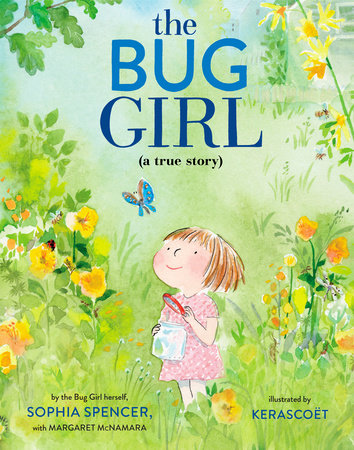Hey, people who read Sci/Why website! We've got new resources added to this post.
With the coronavirus pandemic, nearly all the schools, libraries and museums are closed for most of our readers. Here are some free online resources that will be useful for families who are doing some homeschooling, or just want to have interesting things to do. If you have more free online resources to recommend, please share them in the comments below.
Due to the outbreak of the novel Coronavirus,
Binogi will
open up its content to all Canadian teachers, students, and parents to
provide remote teaching and learning throughout spring 2020. This platform looks terrific! We learned about it from
this article at Sooke Pocket News. The article explains more about Binogi and their learning program, with links to Binogi's website, so check it out.
There's a page of resources for educators at the website for Lesser Slave Lake Bird Observatory, which you can
find at this link.
Remember, if you're a family with kids home from school, you might have no need to set up formal homeschooling lessons! It's probably best to start with a wander through these amazing books and videos, to find what is interesting for you. Maybe you will read through an entire unit and learn a formal lesson, or maybe you'll find that it's animal webcams that make your family happy about science. There's no wrong answer.
Our own LE Carmichael has just launched a new book,
The Boreal Forest. Check out our Sci/Why blog
at this link for the post she wrote about her event If you're missing the public library or bookstore, she says: "
Click over to Youtube to enjoy this video of me reading from The Boreal Forest on #IntlForestDay"
Here's the link for that reading!
Here are some great comments on writing about science for young people, from Sci/Why's own Joan Marie Galat, who wrote on this topic for Edmonton Public Library.
Click here for a link to read what she and several other Canadian writers have to say about researching and writing our books!
Now that we're all practising social distancing, we can't go to libraries or museums. Though many of us can go for a walk to a park or beach or hiking trail, some people don't have that option for a field trip. Here's a link found by Sci/Why's own Margriet Ruurs, which leads to over THIRTY virtual field trips you can take on a computer. You and your kids can visit animal webcams, the Louvre and other museums, or even Mars! Just click on this link:
https://abdodigital.com/?tk=414F33301B8E136DEE3F0A93BF1795E1
If you're into the space program or astronomy, the NASA website at
http://nasa.gov will lead you to an amazing amount of science and space program resources you can read, download, and more. NASA also has a Kids' Club
(click here for the link) with games, stories, calendars, and more.
Remember that Canada's National Film Board has over 400 Canadian films in English and in French available for anyone to watch online at
http://nfb.ca .
If you or your child are a high school student in Canada, do not panic about school credits for graduation! Every province in Canada is working on this issue, and there will be a way to ensure students can finish school credits. E-mail your school and your province's Ministry of Education to learn what is being done in your area.
There is particularly good news from Alberta on this matter, from Alberta Distance Learning Centre which has resources used by many Canadians across the country and around the world. Their website is
http://adlc.ca and they have 300 courses being used, 200 of which are online. They advise other distance learning programs nationally. They are used to hearing from parents and school boards.
Click here for a link to an article by CBC News about this amazing distance learning centre, and what they're doing to help students who had not planned to need to study at home.
I'll add right now the particularly bad news that the Alberta government had JUST announced they were reducing funding this year for the Alberta Distance Learning Centre and CANCELLING it entirely. If you're living in Alberta, let your government know what you think of cancelling this excellent and cost-effective education program, which is a major employer for the town of Barrhead as well as employing many teachers and tutors who work online.
Scholastic Books is promoting their Learn At Home website
(click here for the link) which has learning content for children from pre-Kindergarten to Grade 6. There are five days' worth of materials, with more on the way.
Abdo Digital Publishing has sent out word that they are making their digital library FREE for people to download and use from their website,
http://abdodigital.com. This American publisher has resources including books in Spanish as well as English.
They have both an Elementary Digital Bookshelf for pre-Kindergarten thru Grade 8 at this link
https://abdodigital.com/?tk=414F33301B8E136DEE3F0A93BF1795E1
and a Secondary Digital Bookshelf for Grades 5 through 12 at this link
https://abdodigital.com/?tk=840BC558E6676AB1F4C9FA29D8EC6D69
As their note today said:
To
help stop the spread of COVID-19, schools and libraries are closing
across the country. ABDO wants to ensure that readers everywhere
continue to have the opportunity to learn and grow during this
unprecedented event. Our digital products are available for free now
through June 2020.














